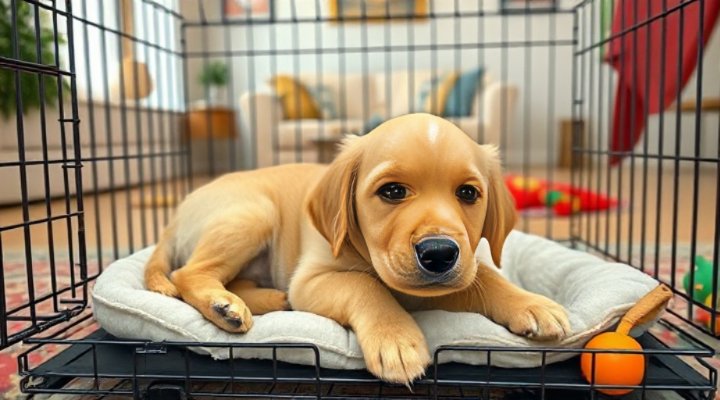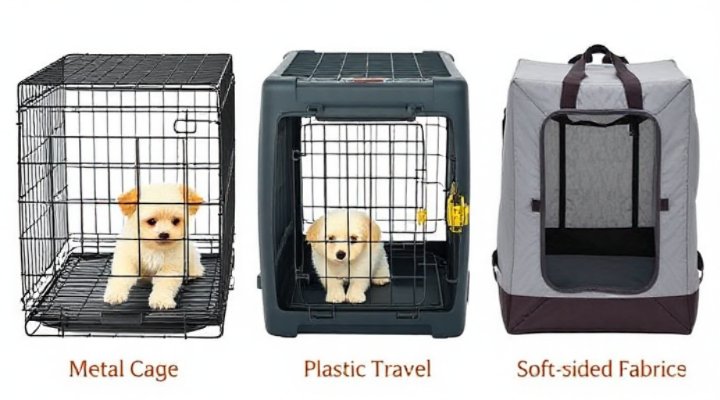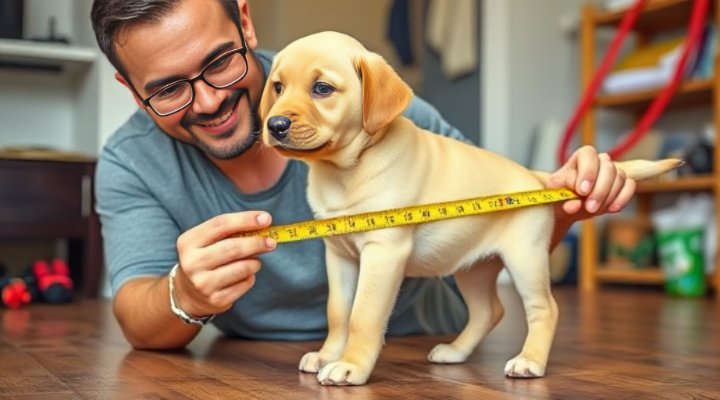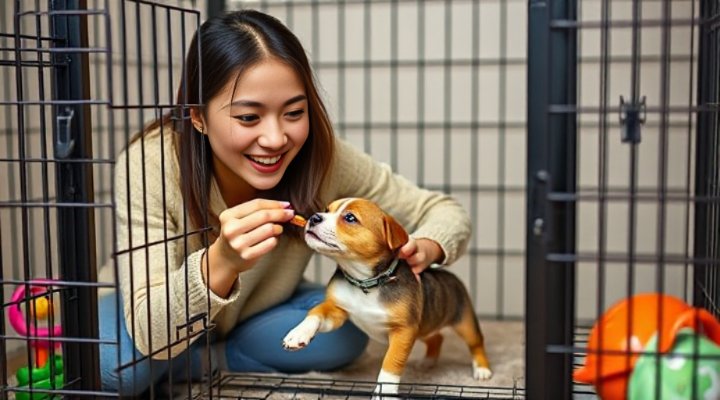Bringing home a new puppy is an exciting time, but it also comes with important responsibilities like house training. A puppy cage (also called a crate) is one of the most valuable tools you can use during this process. Not only does it aid in potty training, but it also provides your pup with a safe haven where they can relax and feel secure.

Why Every Puppy Needs a Cage
First and foremost, dogs are den animals by nature. In the wild, they seek out small, enclosed spaces for safety and comfort. A properly introduced puppy cage taps into this instinct, giving your furry friend their own personal retreat. Moreover, it serves several practical purposes:
- Accelerates house training (puppies naturally avoid soiling their sleeping area)
- Prevents destructive chewing when unsupervised
- Provides security during travel or stressful situations
- Establishes boundaries within your home
That being said, it’s crucial to remember that a cage should never be used as punishment. Instead, think of it as your puppy’s bedroom – a place they associate with positive experiences. For more on positive training methods, check out our guide on positive reinforcement techniques.

Choosing the Perfect Puppy Cage
Types of Puppy Cages
There are three main types of puppy cages to consider:
- Wire cages: Offer excellent ventilation and visibility. Many are collapsible for easy storage and travel.
- Plastic crates: More enclosed, providing greater security and darkness. Ideal for travel.
- Soft-sided crates: Lightweight and portable, but less durable for determined chewers.
Each type has its advantages depending on your puppy’s temperament and your lifestyle. For active puppies who might benefit from additional training, our brain training for dogs article offers great supplemental activities.
Size Matters
Getting the right size is crucial for effective puppy cage use. Here’s how to measure:

- Measure your puppy from nose to base of tail
- Add 2-4 inches for comfort
- Ensure they can stand up and turn around easily
Remember, puppies grow quickly! Consider getting an adjustable cage or one with a divider panel. A cage that’s too large defeats the house training purpose, as your pup might designate one corner as a bathroom.
Setting Up the Perfect Puppy Space
Once you’ve selected the right puppy cage, proper setup is key to success. Here’s how to create an inviting environment:

- Comfortable bedding: Use washable pads or blankets
- Water access: Attach a bottle or use a spill-proof bowl
- Safe toys: Include chew toys and perhaps a comfort item
- Location: Place in a quiet but social area of your home
For puppies struggling with separation anxiety (a common issue when first using a cage), our separation anxiety guide offers helpful tips.
Introducing Your Puppy to Their New Cage
The introduction process should be gradual and positive. Follow these steps:
- Start with the door open, allowing free exploration
- Place treats and meals near (then inside) the cage
- Use a command like “crate” or “kennel” consistently
- Begin closing the door for short periods while you’re present
- Gradually increase duration as your puppy becomes comfortable

Remember, patience is key! Some puppies adapt immediately, while others need more time. If you’re also working on leash training, try to coordinate these training sessions at different times.
Common Puppy Cage Mistakes to Avoid
Even with good intentions, many new puppy owners make these errors:
- Using the cage as punishment: This creates negative associations
- Leaving puppy too long: Young puppies can typically hold their bladder for 1 hour per month of age
- Ignoring whining: Respond to legitimate needs, but don’t reinforce demanding behavior
- Inconsistent schedule: Puppies thrive on routine for bathroom breaks
For more comprehensive training advice, our puppy training basics covers all the essentials.
Transitioning Out of the Cage
As your puppy matures and becomes reliably house-trained, you can begin giving more freedom. This process should be gradual:
- Start with short periods of supervised freedom
- Expand to longer periods as your puppy proves trustworthy
- Eventually, you may only use the cage when you’re away or at night
- Many adult dogs continue to enjoy their cage as a safe space
Remember, every puppy develops at their own pace. Some may need cage confinement longer than others, especially if you’re dealing with specific behavioral issues covered in our dog training for beginners article.
Final Thoughts on Puppy Cages
A puppy cage, when used properly, is one of the kindest tools you can provide for your new companion. It satisfies their natural instincts while protecting your home during the training process. Most importantly, it gives your puppy the security and routine they need to thrive.
With patience, consistency, and positive reinforcement, your puppy will come to see their cage as a cherished personal space. And you’ll enjoy the peace of mind that comes with successful house training and a well-adjusted canine family member.
Related Keywords: puppy crate training, dog cage sizes, house breaking puppies, puppy safe space, choosing dog crates, cage training benefits, puppy confinement solutions
